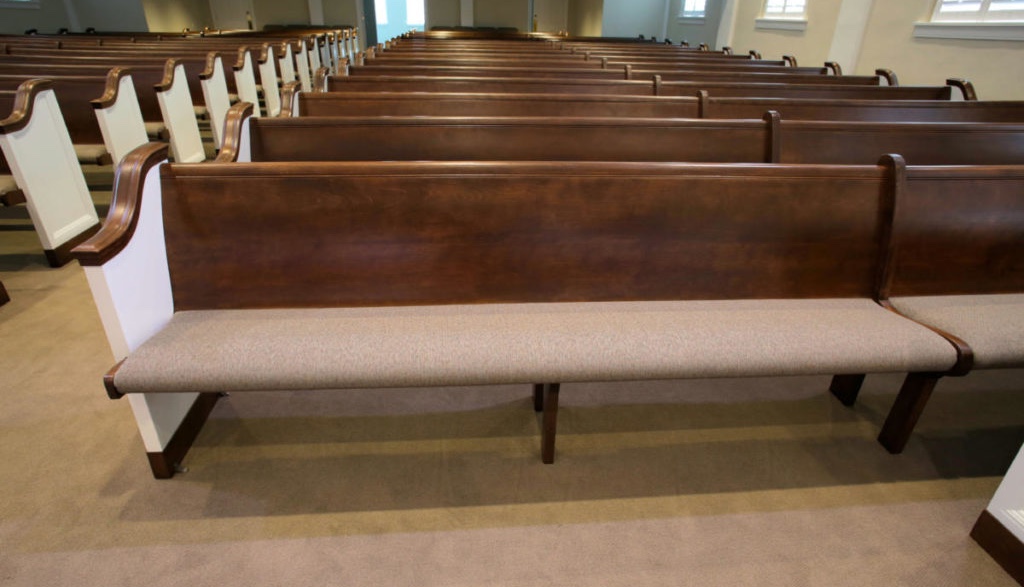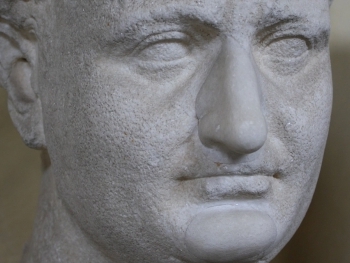Churches, as places of worship and community gathering, often require seating that is both functional and aesthetically pleasing. The chairs used in churches come in various designs and are often specifically tailored to meet the needs of congregational settings. This article delves into the different types of chairs used in churches, their historical context, and the modern innovations that have shaped their design and functionality.
Historical Context of Church Seating
Historically, church seating has evolved significantly. In early Christian gatherings, congregants often stood or sat on the ground. As churches became more established institutions, the need for formal seating arose.
- Pews: The most traditional form of church seating is the pew. Originating in the early medieval period, pews are long benches that can accommodate multiple people. They are often made of wood and are a common sight in many older churches. Pews are usually fixed to the floor and can include kneelers for prayer, hymnal racks, and sometimes even padded seating for comfort.
- Choir Stalls: Another historical form of seating is the choir stall. Found in the chancel area of cathedrals and larger churches, these seats are designated for choir members and clergy. Choir stalls are typically ornately carved and often have high backs and armrests.
Modern Church Chairs
In contemporary settings, the term church chairs refers to a range of seating options designed for comfort, flexibility, and aesthetics. These chairs are categorized based on their design, purpose, and placement within the church. Below are some common types of church chairs:
- Sanctuary Chairs: These are the most common type of chairs found in the main worship area. Sanctuary chairs are often linked together to form rows but can also be used individually. They are designed for comfort and often come with padded seats and backs. Sanctuary chairs are typically upholstered in durable fabric and have a lightweight, stackable design for easy rearrangement and storage.
- Stacking Chairs: Versatile and practical, stacking chairs are widely used in multi-purpose church spaces. They can be easily stacked and stored when not in use, making them ideal for churches that host various events and need to frequently reconfigure their seating arrangements. These chairs are usually made from metal or plastic and may include padding for added comfort.
- Folding Chairs: Similar to stacking chairs, folding chairs offer great flexibility. They can be folded flat for storage and quickly set up when needed. Folding chairs are often used for overflow seating during special services or events.
- Clergy Chairs: Also known as presider’s chairs, these are special chairs used by clergy members during services. They are often more ornate and comfortable than regular sanctuary chairs, reflecting the status and role of the clergy. Clergy chairs are usually placed on the altar or in the chancel area.
- Choir Chairs: These chairs are designed specifically for choir members. They are often arranged in rows or semicircles to facilitate group singing. Choir chairs typically have a slightly slanted seat to promote better posture and breath control for singers.
- Prayer Kneelers (Prie-dieu): Although not chairs per se, prayer kneelers are important seating elements in some churches. These are small wooden structures with a padded area for kneeling and a shelf for resting arms during prayer. They are often used in conjunction with sanctuary chairs.
Key Features of Modern Church Chairs
Modern church chairs incorporate several features to enhance the worship experience and accommodate the practical needs of congregations:
- Ergonomics: Comfort is paramount, especially for longer services. Modern church chairs are ergonomically designed to support good posture and reduce strain on the back and legs.
- Durability: Church chairs must withstand frequent use. High-quality materials, such as durable fabrics and sturdy frames, ensure longevity.
- Aesthetics: The visual appeal of church chairs contributes to the overall ambiance of the worship space. Many churches choose chairs that complement their interior design, often selecting custom fabrics and finishes.
- Flexibility: Churches often need to reconfigure their seating arrangements for different events. Stackable and folding chairs offer the flexibility to quickly and efficiently change the layout of the space.
- Additional Features: Modern church chairs may include features such as built-in book racks, communion cup holders, and ganging devices to keep rows of chairs neatly aligned.
The evolution of church chairs reflects the changing needs and preferences of worship communities. From the traditional pews and choir stalls to modern sanctuary and stacking chairs, the variety of church seating options available today ensures that churches can create comfortable, functional, and aesthetically pleasing worship environments. Whether preserving historical traditions or embracing contemporary innovations, the choice of church chairs plays a crucial role in enhancing the spiritual and communal experience of churchgoers.




